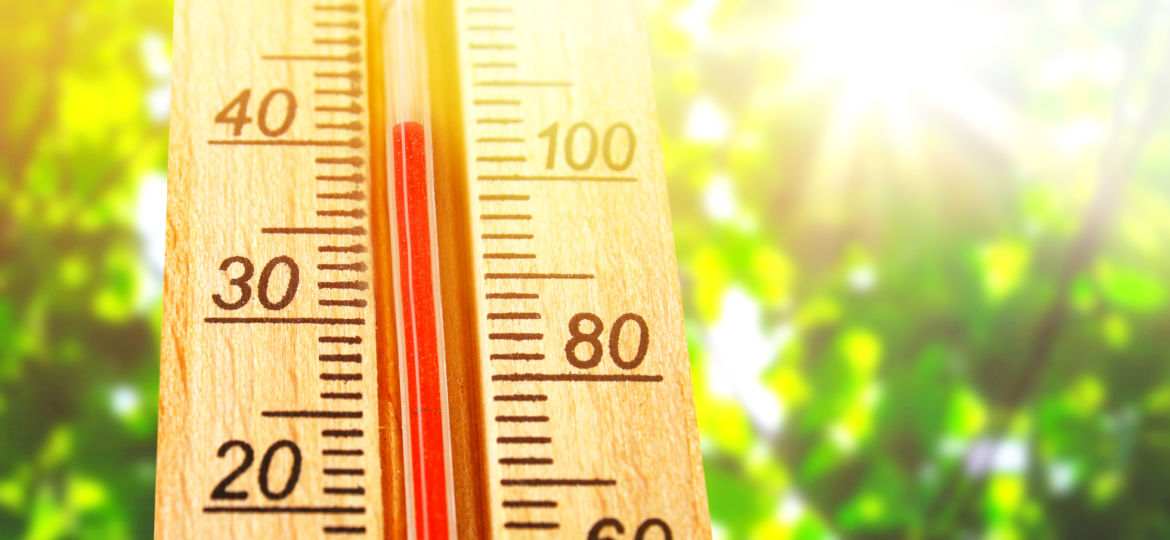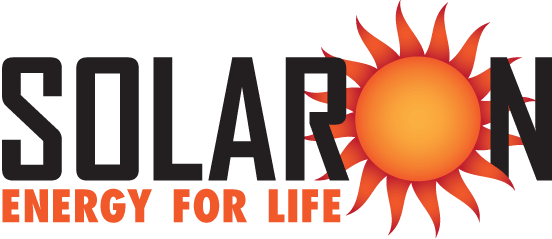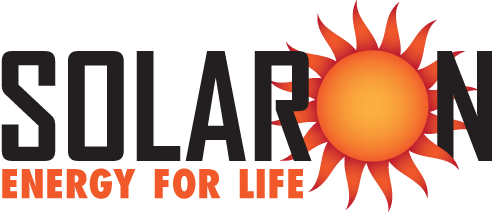
Sacramento is experiencing an extremely mild spring when it comes to daytime temperatures and is only slowly moving into summertime. That can actually be good for solar panel efficiency! Solar panels are generally tested for efficiency at a standard temperature of 25 degrees Celsius (77 degrees Fahrenheit). Go well above that temperature (say over 35 degrees Celsius, or 95 degrees Fahrenheit) and solar panel efficiency begins to decrease by very slight amounts for every degree of increase. How might this affect your rooftop solar panels?
Factors Involved in Rooftop Temperatures
Of course, the major factor in rooftop temperatures is the external temperature. The homeowner has no control over this number! Other factors come into play, however, that are partially controlled by the residents. These include:
Roof color — what color is the roofing material? Dark colors absorb more heat and then send it outwards as infrared radiation. This increases the temperature of your solar panels.
Roof composition — what is the composition of the roofing materials? Is it made of composite shingles, ceramic tile, wooden shake, or metal? Some of the best materials for a cool roof include the aforementioned tiles (in ceramic, slate or concrete), green roofs (coated with plants) and a built-up roof (BUR, a reinforced fabric roof suitable for low slopes only).
Roof coatings — various materials can be added to a roof to improve its heat resistance. Talk to a roofing specialist for more information on whether this method would cool your roof.
Hours of Daylight — the longer there is sunlight on the roof, the higher the temperature will be. Surrounding shade trees play a large role in the available daylight. The plus side to lots of daylight is increased time for energy production, which more than balances out any efficiency losses due to heat. Therefore, this is not a factor the homeowner should worry about in relation to solar panel efficiency.
What does all this add up to temperature-wise? A cool roof during the Sacramento summer might have a temperature of 120-130 degrees Fahrenheit. A hot roof could easily reach the 170 degree range. How do we measure what happens to a solar panel at that temperature?
Understanding the Temperature Coefficient
Above a solar panel’s rated temperature for maximum efficiency, the amount of electricity production for the same amount of sunlight begins to decline. The amount it declines per degree is measured by the temperature coefficient. This number is expressed as a negative decimal, -.50 for example. If a solar panel has that temperature coefficient, then for every degree of temperature increase, its efficiency declines by half a percent (.5%). Like we said, the dropoff in efficiency is very slight. It can add up, however, as ten degrees above the max is a five percent decrease, twenty degrees would be ten percent, and so on.
What is the temperature coefficient for SunPower solar panels, the only type used by Solaron of Sacramento? And how do other manufacturer’s panels compare to SunPower photovoltaics? This is a question we will answer in a future blog article!

